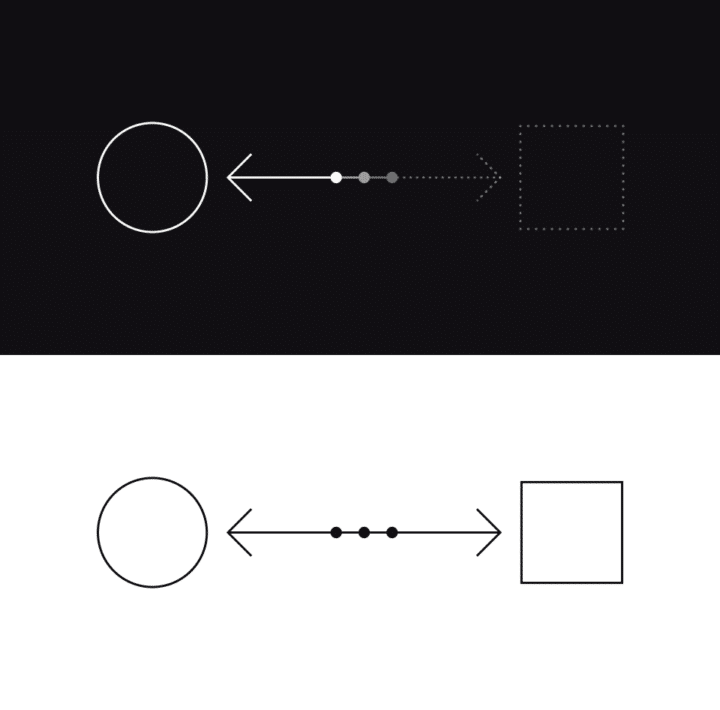B2B buyers can know anything about a vendor before the first call. If they don’t immediately connect the dots between their needs and what you’re selling, the conversation is over before it begins.

Sellers are under pressure like never before – relying on tools for automation and scale. The byproduct? Canned pitches, generic data, and superficial “personalization” which equate to generic, low value sales conversations. Noise, inefficiency and missed opportunities all around.
45% reduction in time-to-close by upleveling IT conversations to full transformation messages
Better account planning across global GTM teams yields 191% increase in ACV